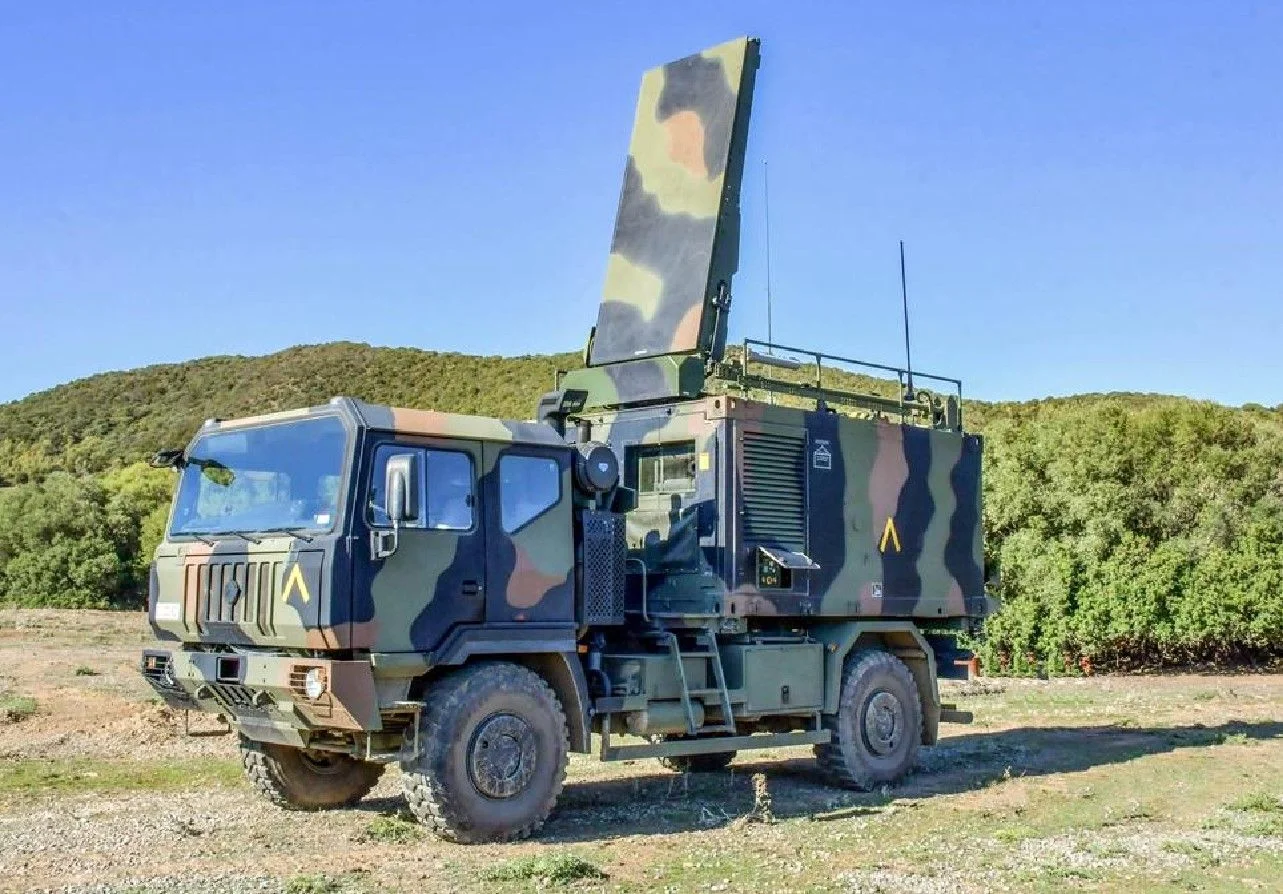The ARTHUR “artillery radar” is a battery counter-radar system originally developed by Ericsson Microwave Systems for the Norwegian and Swedish armed forces. The radar is also used by the British Army under the name MAMBA “mobile artillery battlefield observation radar”.
Designed to detect enemy field artillery, the Mobile Electronic Scanning C-band Passive Grid Radar was developed as the primary element of a brigade or division level counter-battery sensor system. The radar car was originally a Bandvagn 206 designed and manufactured by Hägglunds, but is now more commonly delivered on trucks with ISO mounts.
Radar is currently owned by Saab AB Electronic Defense Systems and Saab Technologies Norway Inc. being developed by ARTHUR detects enemy artillery by tracking shells in flight. The original ARTHUR Mod A can detect artillery at 15-20 km range and 120 mm mortars at 30-35 km range. This is a highly effective fire against the battery.
ARTHUR can operate as a stand-alone medium-range weapon detection radar or as a long-range weapon detection system consisting of two to four radars working together. This kind of flexibility allows the system to continuously monitor the area of interest.
The modernized ARTHUR Mod B meets the British Army’s MAMBA requirements for detecting guns, mortars or missiles. It can detect guns with a range of 20–25 km and 120 mm mortars with a range of 35–40 km with a possible circular error of 0.35% of the range.
ARTHUR Mod C has a large antenna and can detect cannons at 31 km, mortars at 55 km and rockets at 50-60 km, depending on its dimensions, and can detect targets at a target speed of 100 per minute with a range CVO of 0.2%. 0.1% for guns and rockets and for mortars.
The ARTHUR WLR Mod D has several improvements, including an instrument range of up to 100 km, an accuracy of 0.15% of the range, and an arc coverage of 120°. The detection range is 0.8 to 100 km. and can be increased up to 200 km. More than 100 targets can be tracked simultaneously.
ARTHUR can operate in two main modes: weapon position and fire direction. Gun positioning is used to determine the position and target areas of fired guns, howitzers, or rocket launchers. The direction of fire is used to adjust one’s own artillery fire according to the coordinates of the target.
When enemy artillery is detected, the radar tracks the projectiles’ upward trajectory, calculates their exit points and impact points, and displays this, along with other information, to the radar operator. In fire direction mode, the radar calculates where the expected friendly fire has hit. From this, corrections are calculated and a hit to target coordinates is reported.













